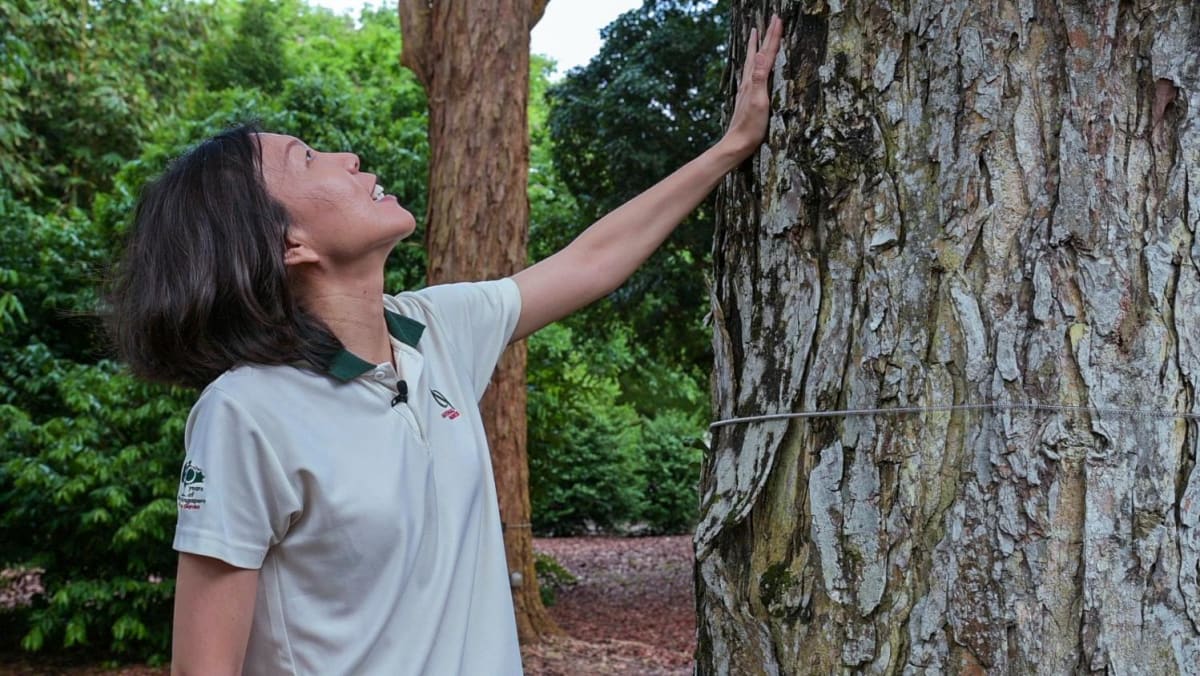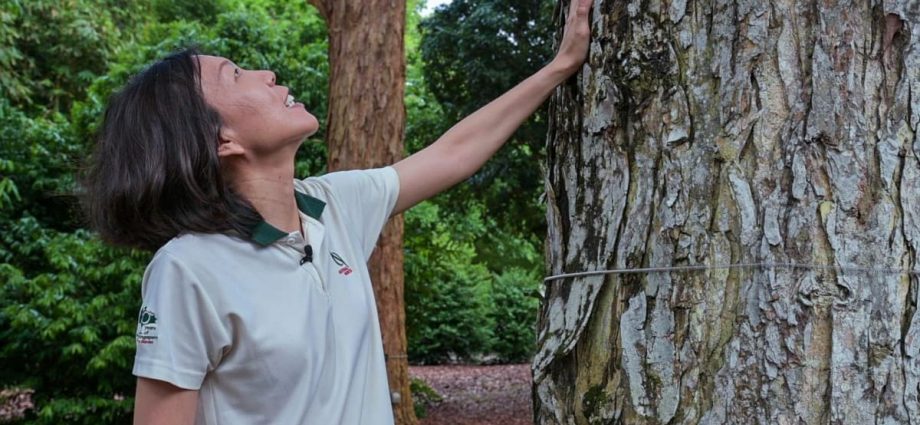
Of an estimated seven million trees in Singapore — a figure derived from tree censuses and past field surveys — NParks manages six million. The rest are managed by town councils and other parties such as private landowners.
Two million of the trees under NParks are urban trees along roads and in parks, gardens and on state land. The remaining four million are sited away from human traffic, such as in the remoter parts of nature reserves.
Urban trees are inspected every six to 24 months, with more frequent checks made on mature and heritage trees as well as those in certain locations, such as car parks and event spaces.
When explaining to the man in the street why trees need different levels of tender loving care, Ow often humanises her “patients”.
There are shorter intervals for some because “trees are like humans”, said Ow, who joined NParks more than 20 years ago and has been an arborist for over a decade. “Older people need more health screenings and check-ups.”
With more trees to be planted by 2030 under Singapore’s OneMillionTrees movement launched in 2020, NParks can expect “at least a 50 per cent increase” in trees it will be “actively managing”, she added.
Increasingly too, technology is lending NParks’ crew of over 250 arborists, also known as tree doctors, a helping hand.
HAVE YOU SEEN THE ROVER?
In recent months, eagle-eyed visitors to the Botanic Gardens and Jurong Lake Gardens may have spotted a rover that vaguely resembles Wall-E, the eponymous robot of the 2008 Pixar animated film, making its rounds.

